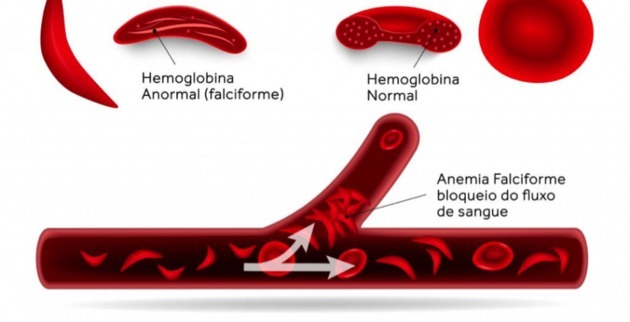Silicosis is a lung disease caused by inhaling silica dust.
Silica is a natural compound formed by oxygen and silicon. It is also a carcinogen for humans and animals. Silica dust creates a white dust which, if inhaled, can cause silicosis.
Silicosis mainly affects workers in the following areas:
- Rock extraction;
- Mining;
- Drilling of wells;
- Construction;
- Glass manufacturing;
- Ceramic cutters;
- Polishing of metals and rocks;
- Making of dental prostheses.
When inhaling the dust, the silica particles are trapped in the pulmonary alveoli and are phagocytosed by macrophages, accumulating in lysosomes. Where silica accumulates, nodules form that can be seen on imaging exams.
As a crystal, silica perforates lysosomes, releasing digestive enzymes that end up destroying the cell. This situation can lead to the destruction of large areas of lungs.
Thus, silicosis is directly related to the organelle lysosomes.
Silicosis is the oldest and most serious occupational disease known. In Brazil, it is estimated that 6 million workers are exposed to the risk of contracting silicosis.
Prevention and Treatment
The best way to prevent silicosis is to avoid exposure to silica dust.
It is also important to adopt safety measures at work, such as using masks and controlling the spread of dust.
There is no specific treatment for the disease. The only option is to control with the removal of exposure to silica. The use of medications can help reduce respiratory failure.
Causes and Symptoms of Silicosis
The main cause of silicosis is exposure to silica dust.
One year of intense exposure to silica dust can already cause silicosis. However, in most cases, symptoms appear after 10 years of exposure.
The first symptom of silicosis is shortness of breath. The other symptoms vary according to the type of silicosis presented by the patient. There are three types of silicosis:
- Acute Silicosis: Symptoms appear after months to two years of intense exposure to silica dust. In this form, there is a risk of rapid progression to death. Symptoms are dyspnea, asthenia, weight loss and hypoxemia.
- Accelerated Silicosis: It is the type that occurs between the acute and chronic forms. It manifests itself between two to ten years of exposure to silica dust.
- Chronic Silicosis: It is the most common form that develops with more than ten years of exposure to silica dust. In this form, symptoms do not manifest at the onset of the disease. Therefore, when it is discovered, the patient is already in an advanced stage of silicosis, with risk of death.
Patients affected by silicosis are more likely to acquire tuberculosis and cancer.
The evolution of silicosis is slow and irreversible.

